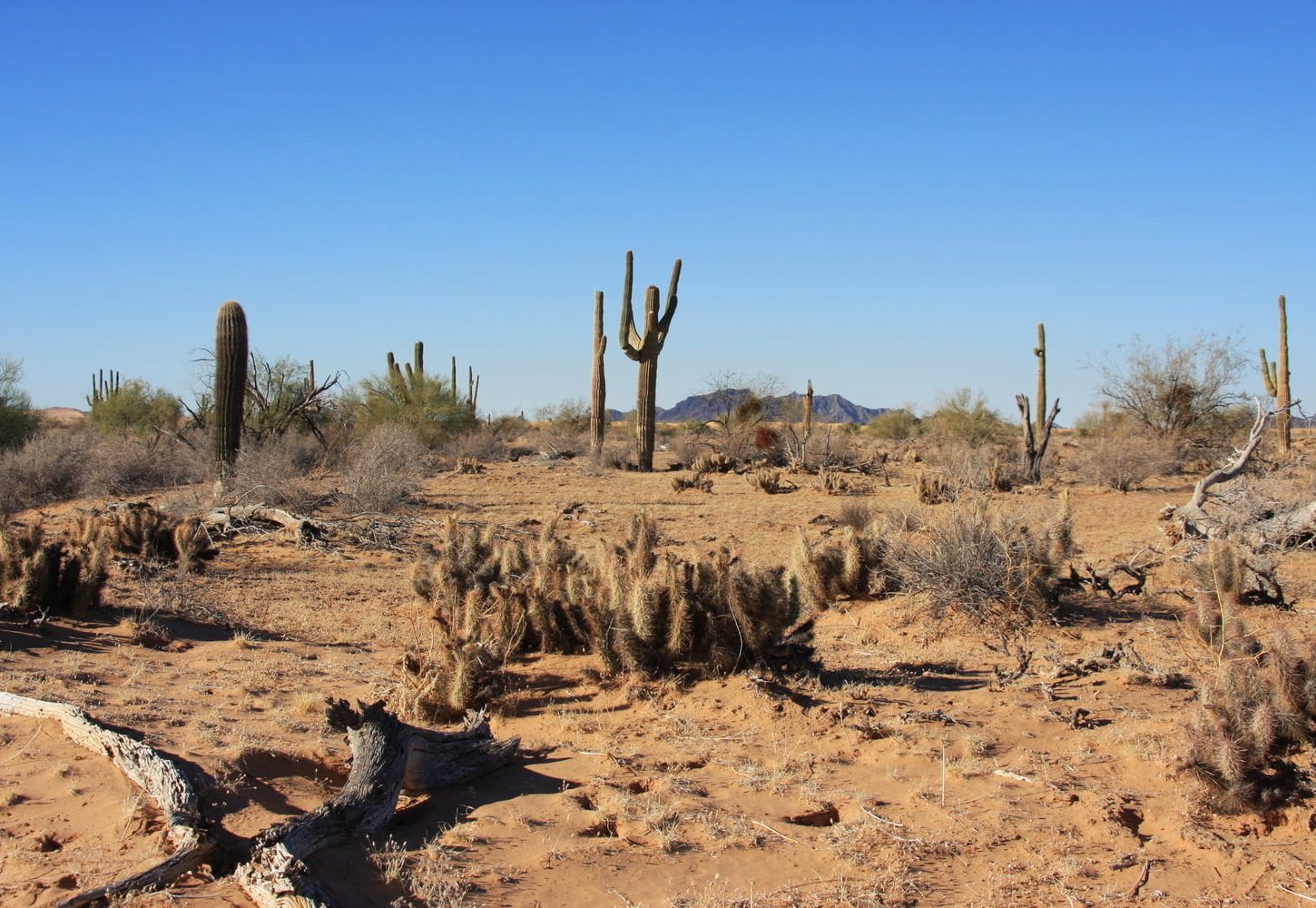Deserts are some of the most extreme and fascinating environments on Earth. Did you know that Antarctica is technically the largest desert, or that certain sand dunes can “sing” as the wind moves across them? In the Sahara, snow has occasionally fallen, creating a surreal mix of ice and sand, while desert elephants in Namibia have adapted to survive with minimal water.
These vast, arid landscapes are home to incredible plants and animals, some of which can live for centuries or thrive on fog alone. Prepare to be amazed as we explore fun facts about a desert biome that reveal its surprising wonders.
1. Deserts Cover a Fifth of Earth’s Land
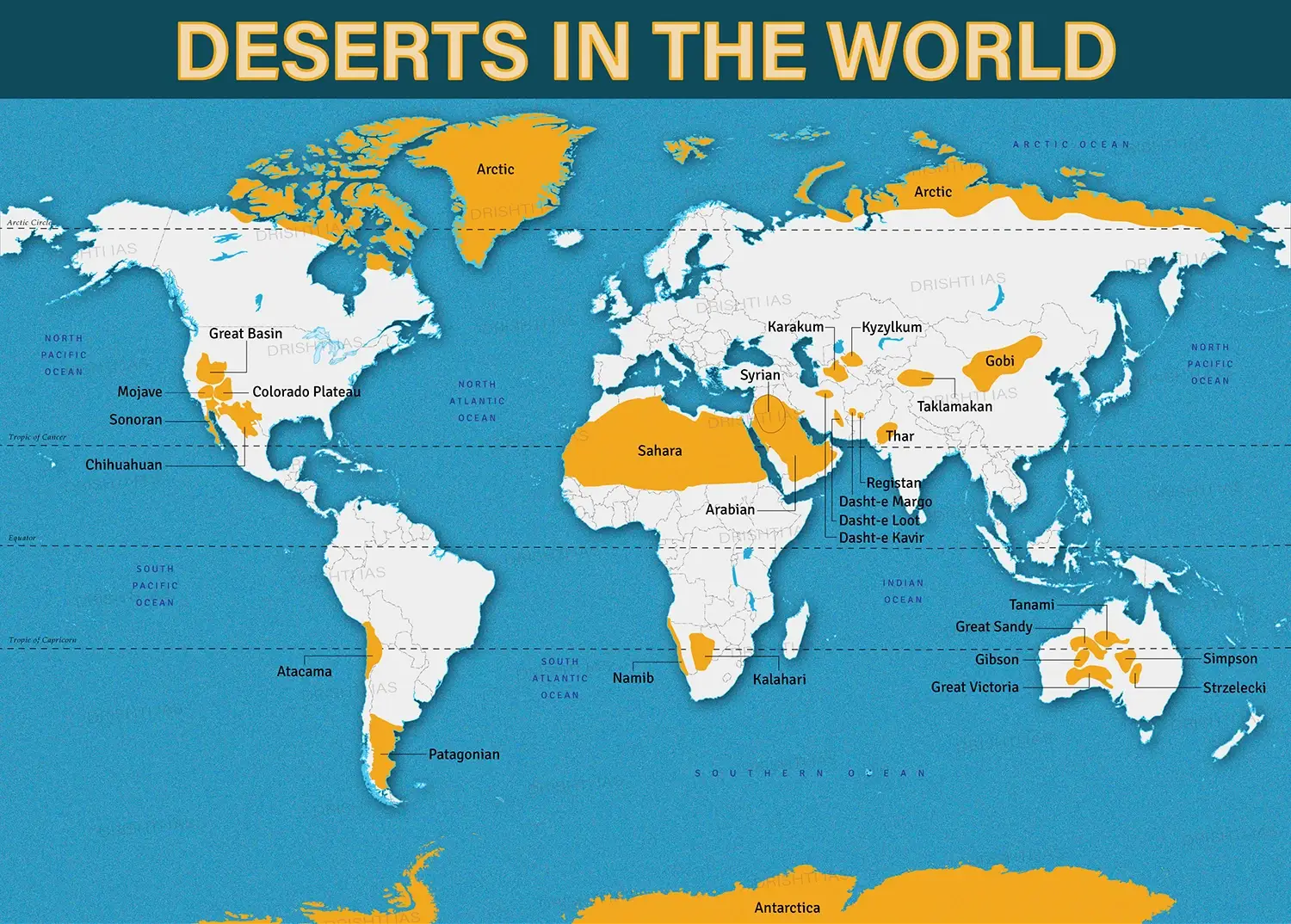
Image: drishtiias.com
Deserts span over 20% of Earth’s land surface, appearing on every continent. Defined by receiving less than 10 inches (25 centimeters) of annual precipitation, these arid regions include both hot deserts like the Sahara and cold deserts such as Antarctica. Despite their harsh conditions, deserts are biologically rich, supporting diverse flora and fauna adapted to minimal water availability.
Notably, approximately one billion people, or one-sixth of the global population, reside in desert areas, highlighting the significance of these ecosystems in human habitation.
2. Antarctica: The Largest Desert
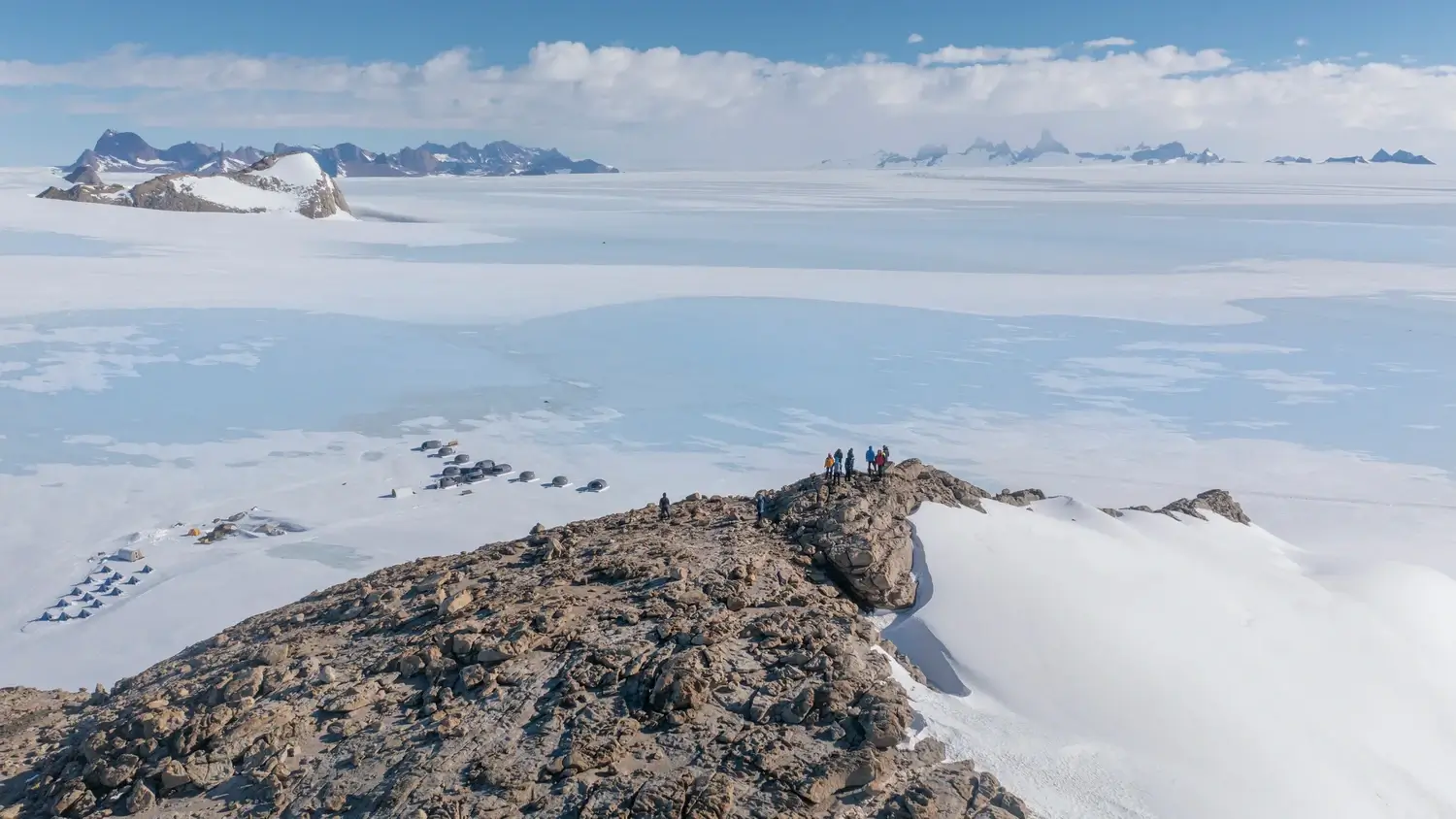
Image: cntraveler.com
Antarctica, spanning approximately 14 million square kilometers (5.4 million square miles), is the world’s largest desert. Despite its ice-covered terrain, it qualifies as a desert due to minimal precipitation; the interior receives less than 50 millimeters (2 inches) annually. This extreme aridity surpasses that of many hot deserts. Approximately 98% of the continent is covered by a permanent ice sheet.
Notably, regions like the McMurdo Dry Valleys have seen no rainfall for nearly 14 million years, making them some of the driest places on Earth.
3. The Sahara’s Shifting Sands
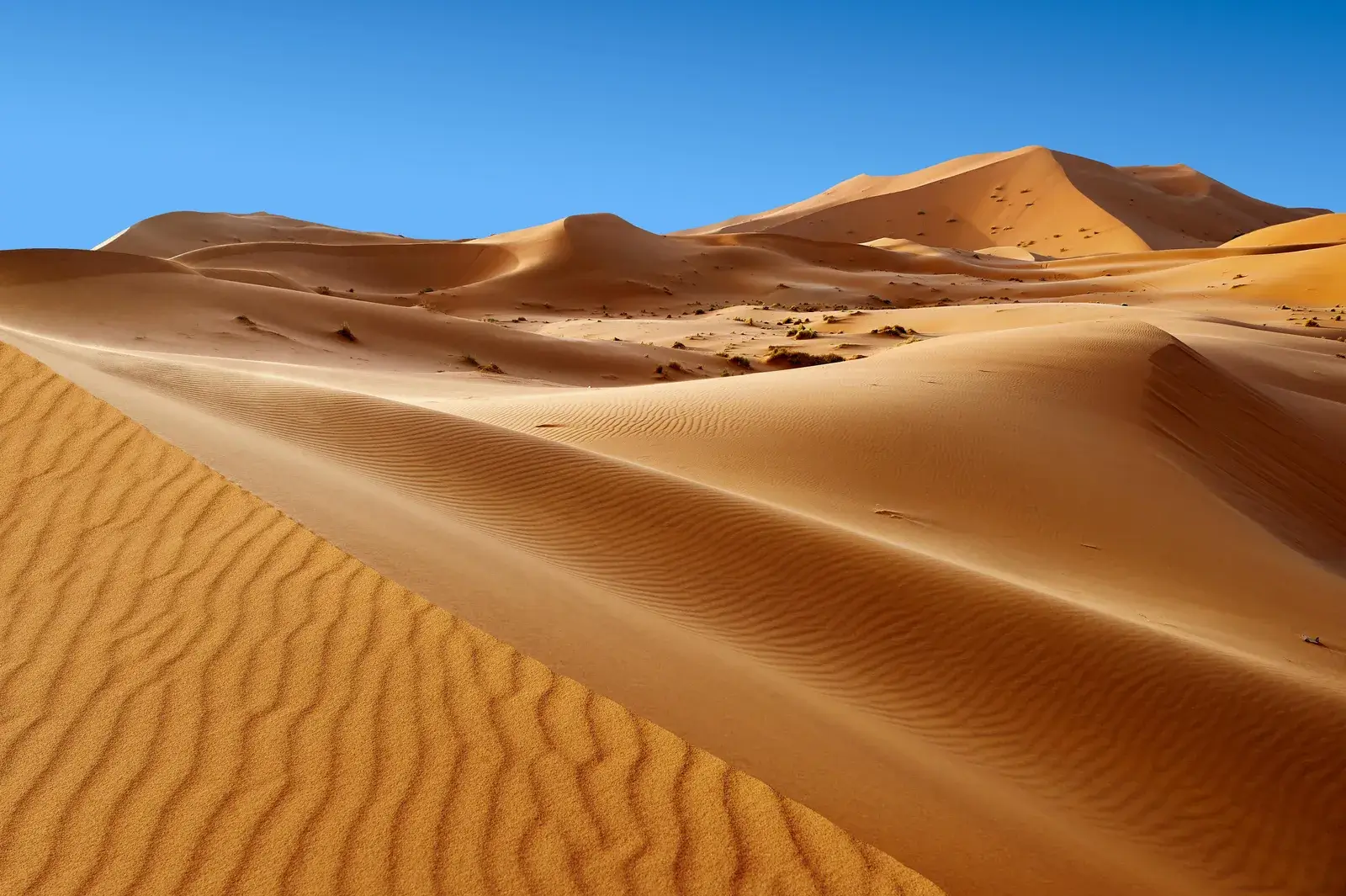
Image: smithsonianmag.com
The Sahara Desert’s sand dunes are in constant motion, sculpted by prevailing winds. Barchan dunes, crescent-shaped formations, migrate across the landscape as wind-driven sand accumulates on the windward side and cascades down the slip face. This movement can be observed in regions like the Ubārī Sand Sea in southwestern Libya, where numerous dunes exhibit systematic geomorphic patterns.
Satellite imagery from NASA’s Earth Observatory has documented the migration of these dunes, highlighting the dynamic nature of the Sahara’s sandy expanses. This continuous reshaping of the desert landscape plays a crucial role in the Sahara’s ecology and geography.
4. Temperature Extremes: Hot by Day, Cold by Night
Deserts experience significant temperature fluctuations due to their unique environmental characteristics. During the day, temperatures can soar to an average of 38°C (100°F), while at night, they can plummet to around -3.9°C (25°F).
This dramatic shift is primarily due to the lack of moisture and vegetation, which results in minimal heat retention. The absence of cloud cover allows heat to escape rapidly after sunset, leading to cold nights. These extreme temperature variations pose challenges for desert inhabitants, requiring specialized adaptations for survival.
5. The Driest Place on Earth
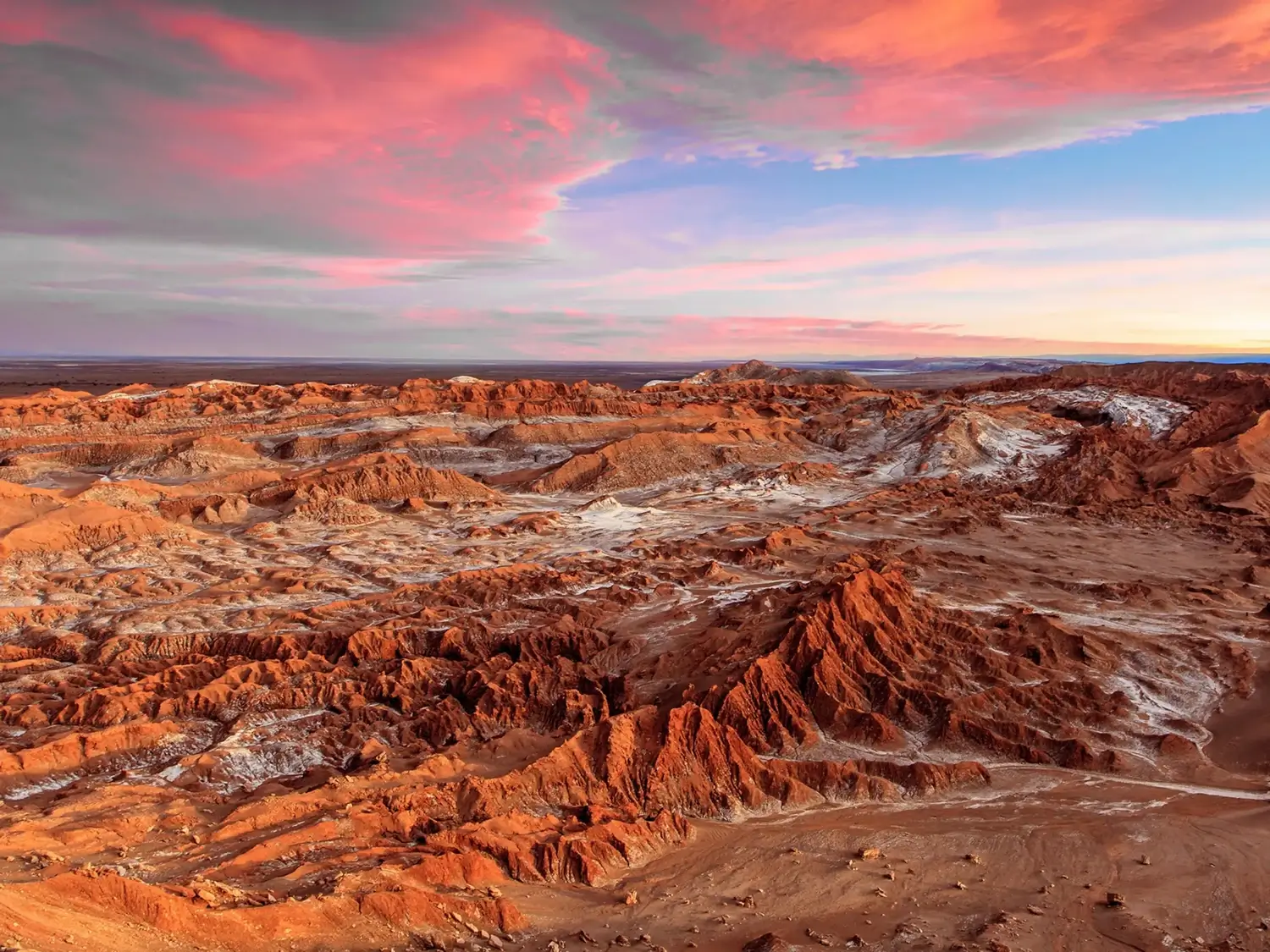
Image: natgeofe.com
The Atacama Desert in northern Chile is recognized as the driest non-polar desert on Earth. Spanning over 600 miles (965 km) along the Pacific coast, certain areas of the Atacama have never recorded rainfall.
This extreme aridity is due to the double rain shadow effect created by the Andes and Chilean Coast Range mountains, which block moisture from both the Pacific and Atlantic Oceans. Additionally, the cold Humboldt Current along the coast inhibits cloud formation, contributing to the desert’s dryness.
Despite its harsh conditions, the Atacama hosts unique flora and fauna adapted to the environment. Occasionally, rare weather patterns like El Niño bring unexpected rainfall, leading to a phenomenon known as the “flowering desert,” where dormant seeds bloom spectacularly.
6. Life Finds a Way: Desert Flora
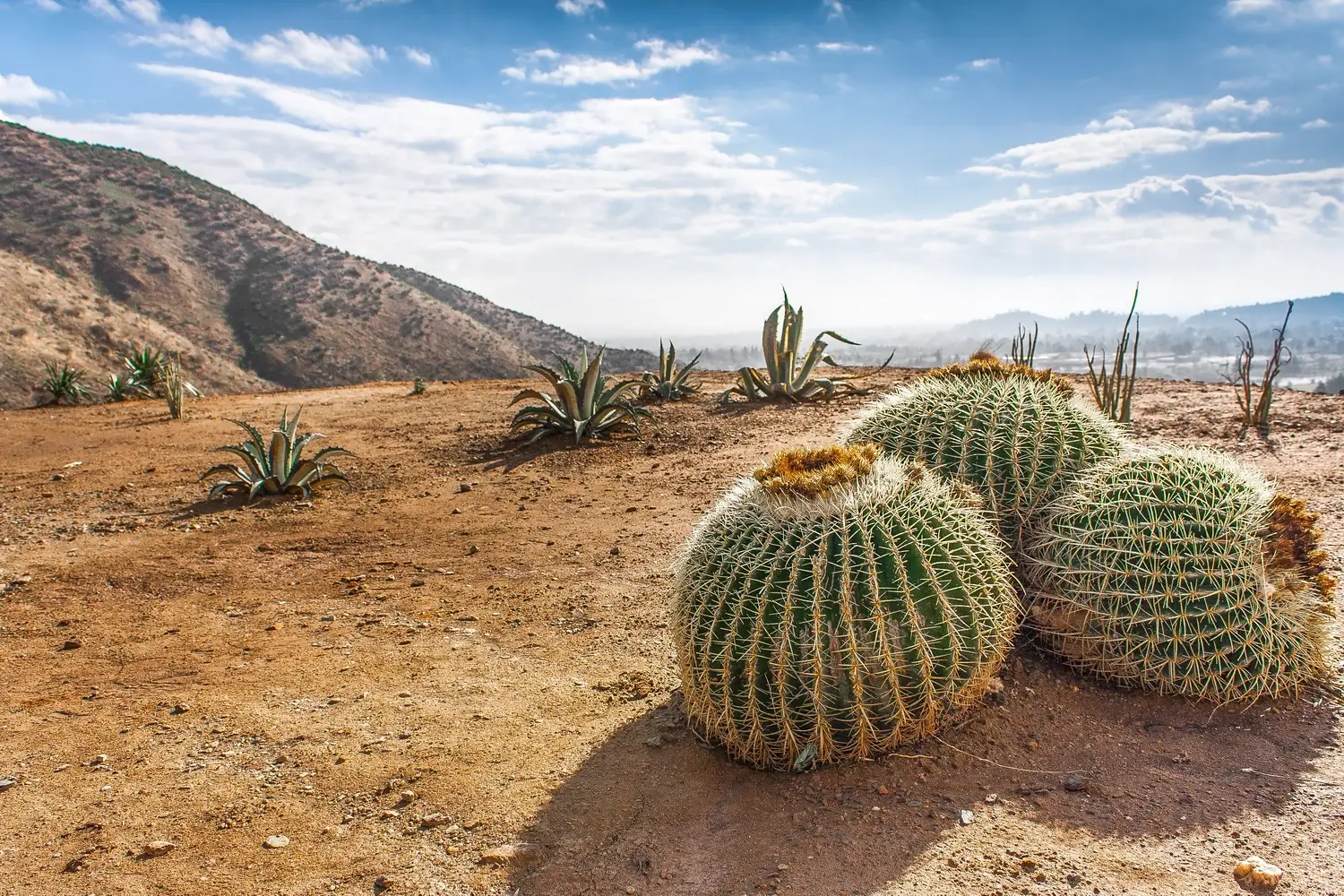
Image: pxhere.com
In the harsh conditions of deserts, plants have evolved remarkable adaptations to survive. Many species, like cacti and succulents, store water in their thick, fleshy tissues, allowing them to endure prolonged droughts. Others, such as certain shrubs and grasses, develop deep root systems to access underground moisture.
To minimize water loss, some desert plants have small or no leaves, reducing the surface area through which evaporation can occur. Additionally, many possess a waxy coating on their surfaces to further prevent moisture loss.
A unique adaptation known as Crassulacean Acid Metabolism (CAM) photosynthesis allows certain plants to open their stomata at night, capturing carbon dioxide when temperatures are cooler and humidity is higher, thereby reducing water loss.
These strategies enable desert flora to not only survive but thrive in some of the planet’s most arid environments.
7. Nocturnal Desert Dwellers
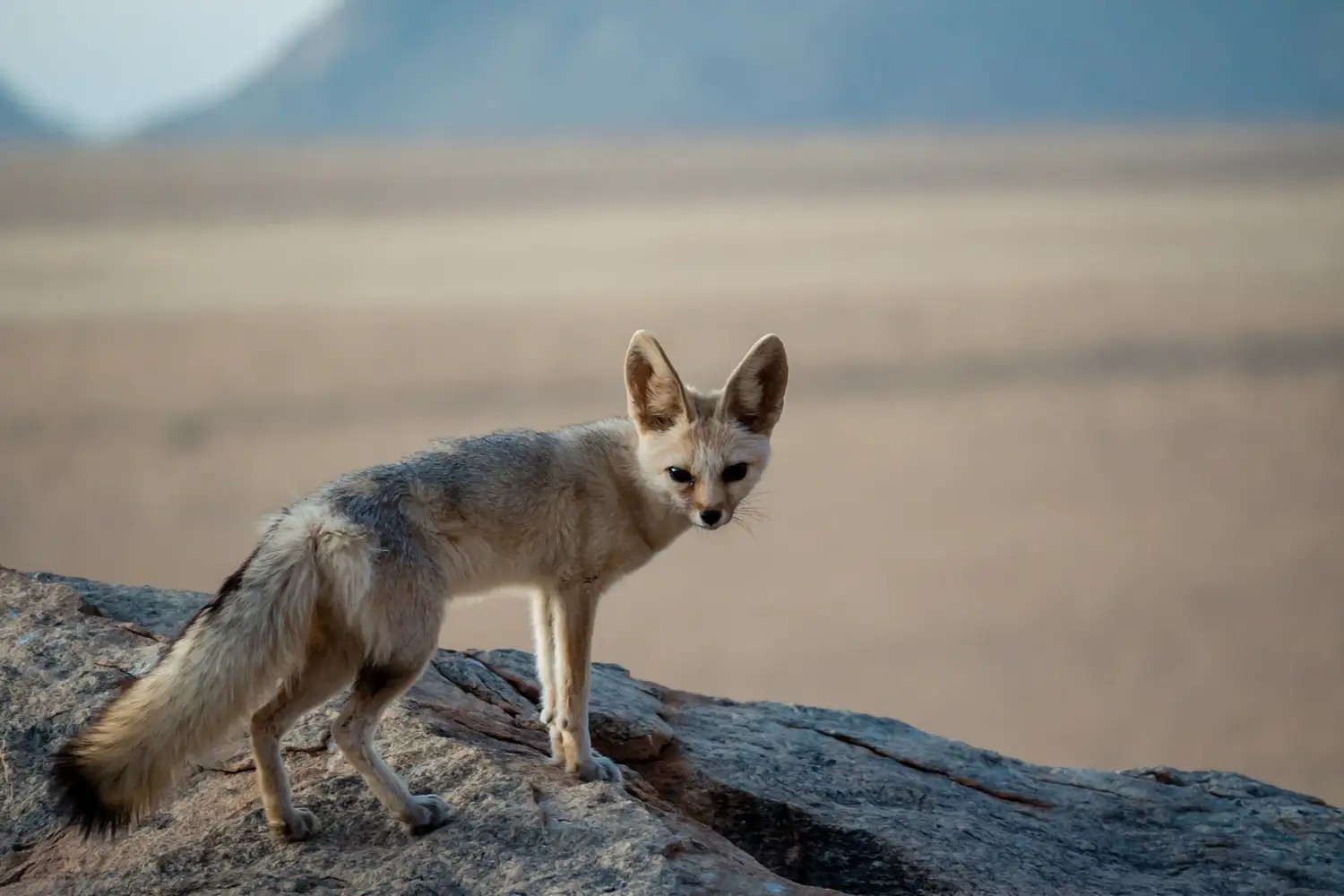
A fennec fox in the desert. Image: bellady.by
In the desert’s harsh environment, many animals have adapted to nocturnal lifestyles to avoid daytime heat. Species such as the fennec fox and kangaroo rat are active during cooler nights, conserving water and energy.
These nocturnal creatures possess adaptations like large eyes and ears to detect sounds and movements in the dark. This behavior allows them to navigate their environment and locate prey or avoid predators.
By being active at night, these animals reduce water loss and energy expenditure, enhancing their survival in arid conditions.
This nocturnal behavior is a key adaptation for desert survival, allowing animals to thrive in extreme conditions.
8. The Gobi Desert’s Dinosaur Discoveries
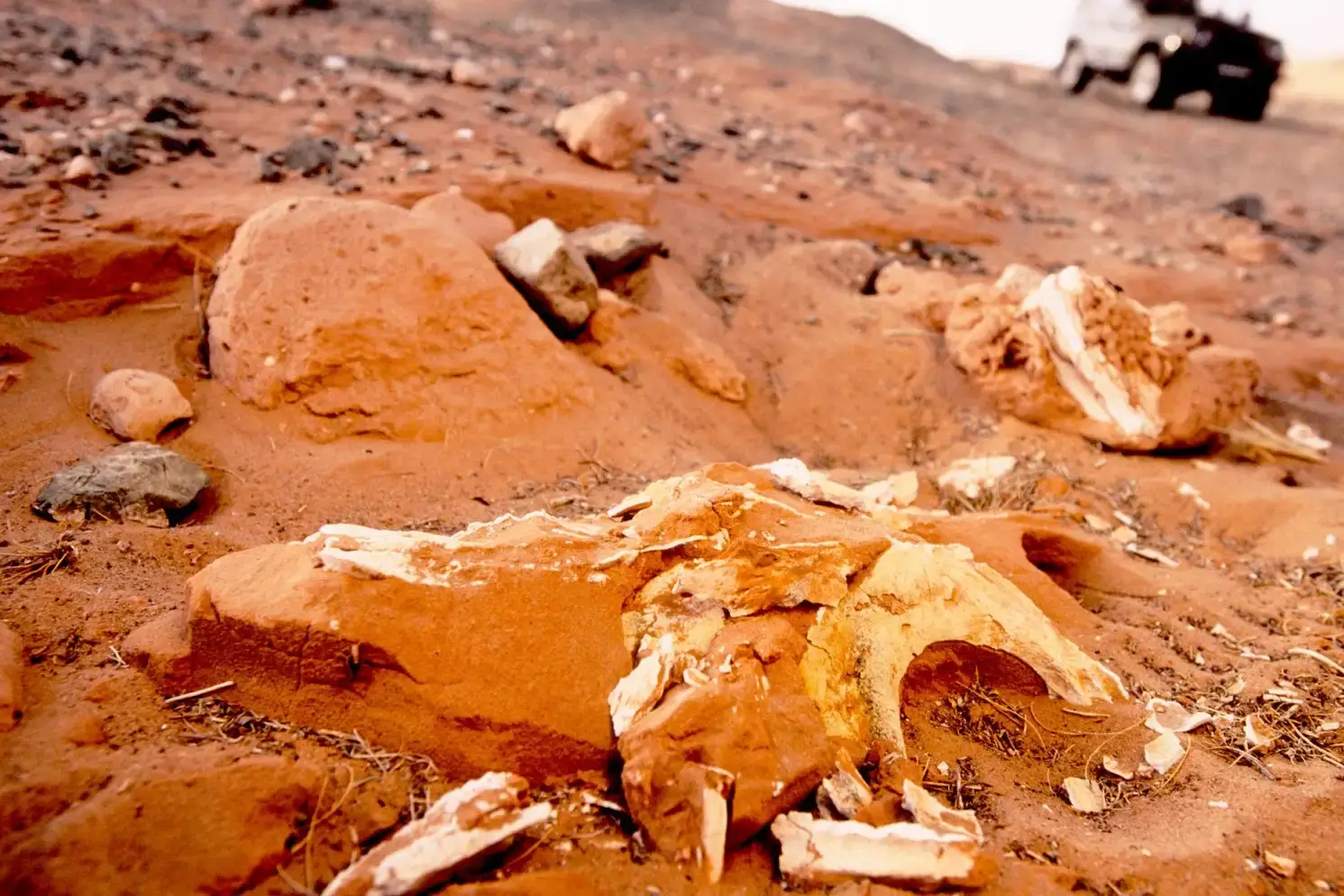
Image: newscientist.com
The Gobi Desert, spanning southern Mongolia and northern China, is a paleontological treasure trove. In the 1920s, expeditions led by the American Museum of Natural History unearthed the first recognized dinosaur eggs at the Flaming Cliffs, also known as Bayanzag. This area has yielded fossils of iconic species such as Velociraptor and Protoceratops.
Recent discoveries include a new species of alvarezsaurid dinosaur named Jaculinykus yaruui, found in the Barun Goyot Formation, dating back approximately 71 million years. Additionally, massive footprints attributed to a 50-foot-long Saurolophus, a herbivorous dinosaur, were discovered in the Western Gobi Desert, providing insights into the behavior and movement of these ancient giants.
These findings continue to shed light on the rich diversity of dinosaur life that once thrived in this now arid region.
9. Sand Dunes That Sing
Certain sand dunes emit a deep, resonant hum when sand grains slide down their slopes. This phenomenon, known as “singing sand,” occurs in deserts worldwide, including the Eureka Dunes in California and the Mingsha Shan Dunes in China. The sound is produced when sand grains of specific sizes and moisture levels move together, creating vibrations that resonate through the dune. The pitch of the sound depends on the size of the grains and the speed of their movement.
While the exact mechanism is still under study, it’s believed that the uniformity and smoothness of the grains play crucial roles. These natural “songs” can last for several minutes and be heard up to several kilometers away.
10. The World’s Smallest Desert
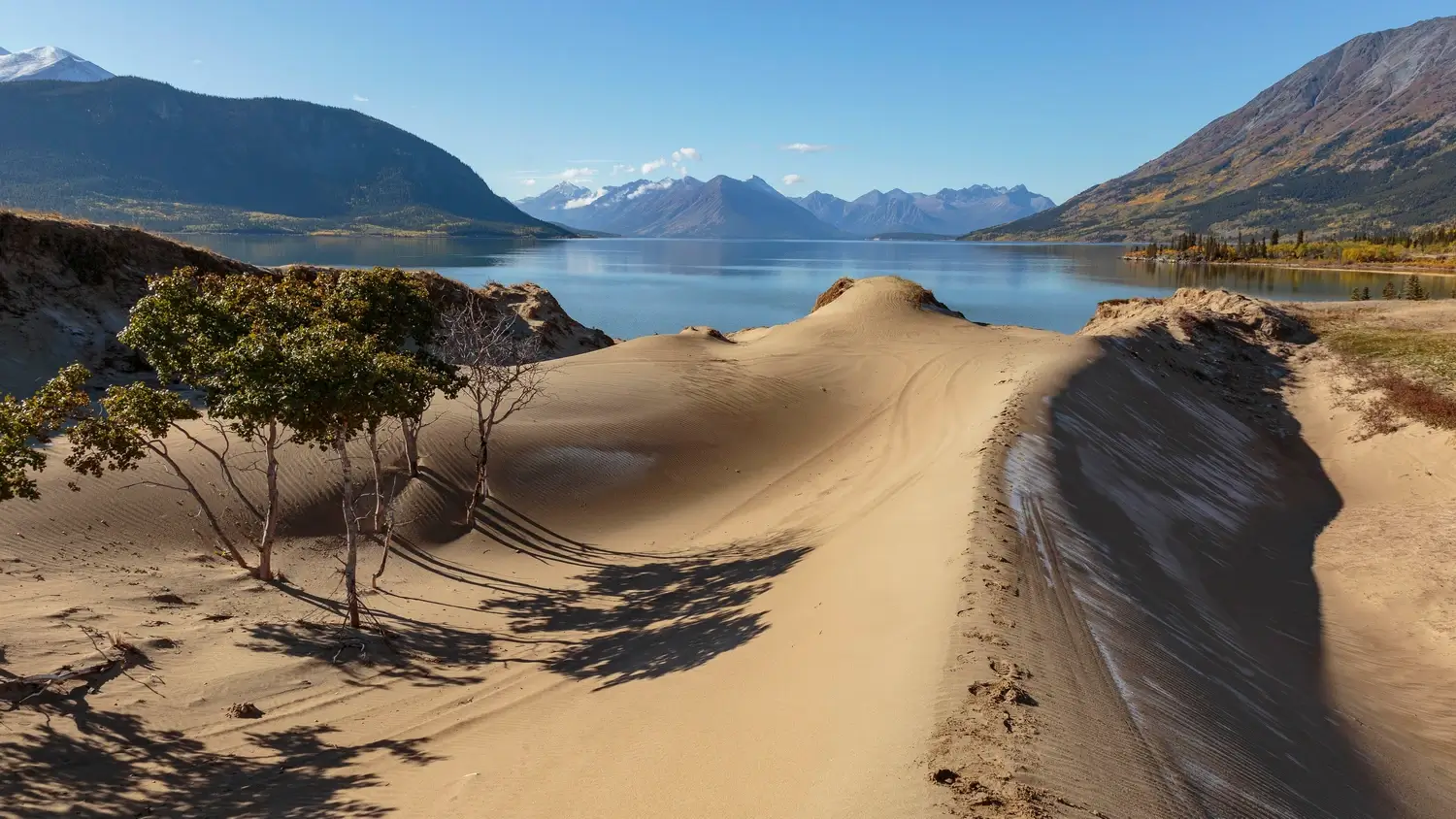
Image: weather.com
The Carcross Desert, located near Carcross in Canada’s Yukon Territory, is often dubbed the world’s smallest desert, covering approximately 2.6 square kilometers (1 square mile). Despite its name, it’s technically not a true desert due to receiving more moisture than typical arid regions.
Instead, it’s a series of northern sand dunes formed by glacial processes thousands of years ago. Winds from nearby Bennett Lake continue to shape these dunes today.
The area is home to unique plant species, including rare types of grass and lichen, adapted to the sandy environment. Visitors often enjoy activities like sandboarding and hiking on the dunes.
11. Desertification: Growing Deserts
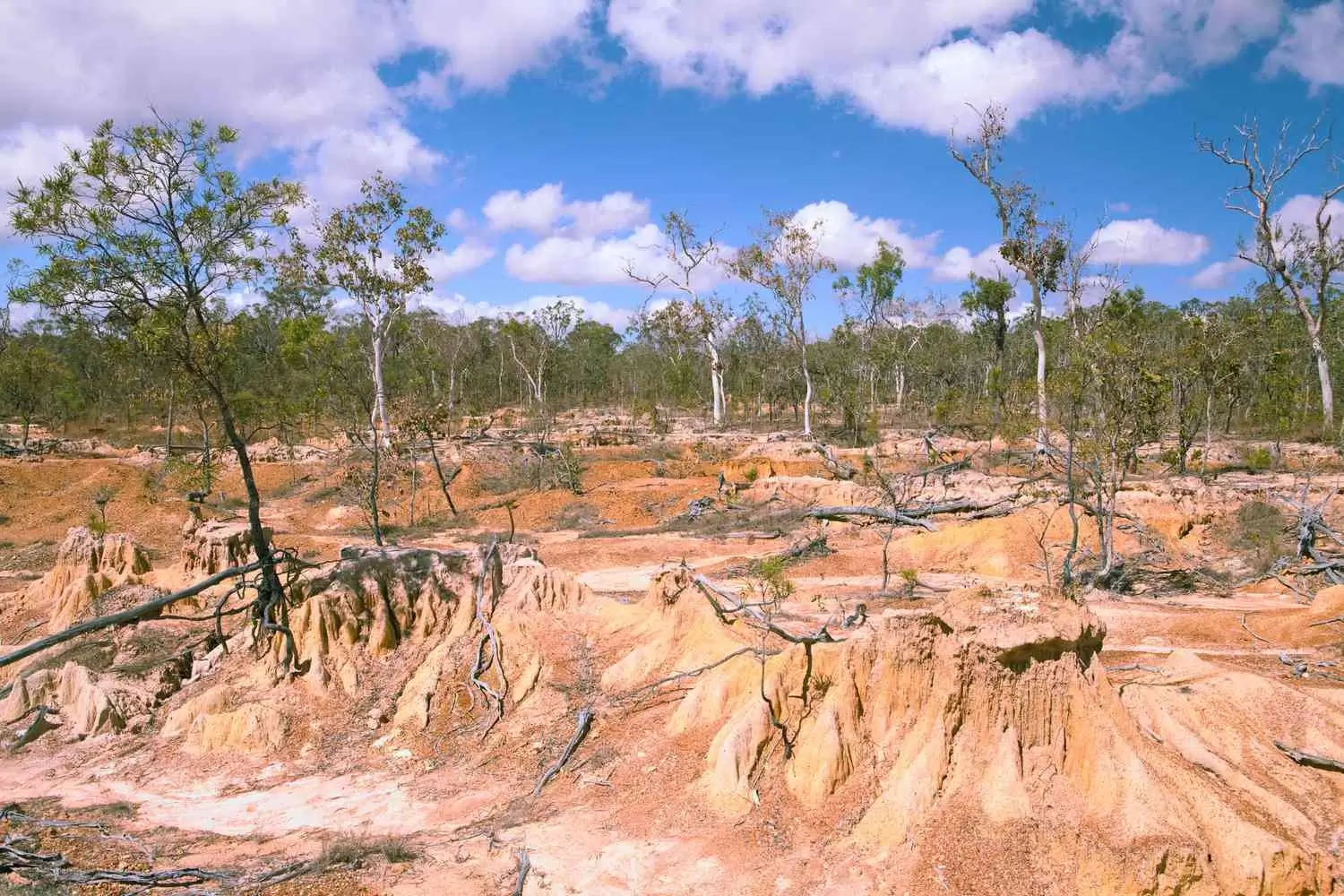
Image: Treehugger
Desertification is the persistent degradation of dryland ecosystems due to climatic variations and human activities. Currently, an estimated 2 billion people live on drylands vulnerable to this phenomenon, and scientists predict that the effects of desertification could lead to the displacement of around 50 million people by 2030.
Factors contributing to desertification include climate change, deforestation, overgrazing, unsustainable irrigation practices, and soil erosion.
The expansion of deserts threatens biodiversity, reduces agricultural productivity, and exacerbates water scarcity, leading to food insecurity and forced migration. Addressing desertification requires sustainable land management practices, reforestation efforts, and policies aimed at mitigating climate change.
12. The Fastest Growing Desert
The Gobi Desert, spanning northern China and southern Mongolia, is the world’s fastest-growing desert. Each year, it expands by approximately 3,600 square kilometers, encroaching on grasslands and agricultural areas. This rapid growth is primarily due to desertification, driven by overgrazing, deforestation, and climate change.
The advancing sands contribute to severe sandstorms, affecting nearby cities and altering local ecosystems. Efforts to combat this expansion include China’s “Great Green Wall” project, aiming to plant trees along the desert’s edge to halt its spread.
13. The Role of Desert Dust
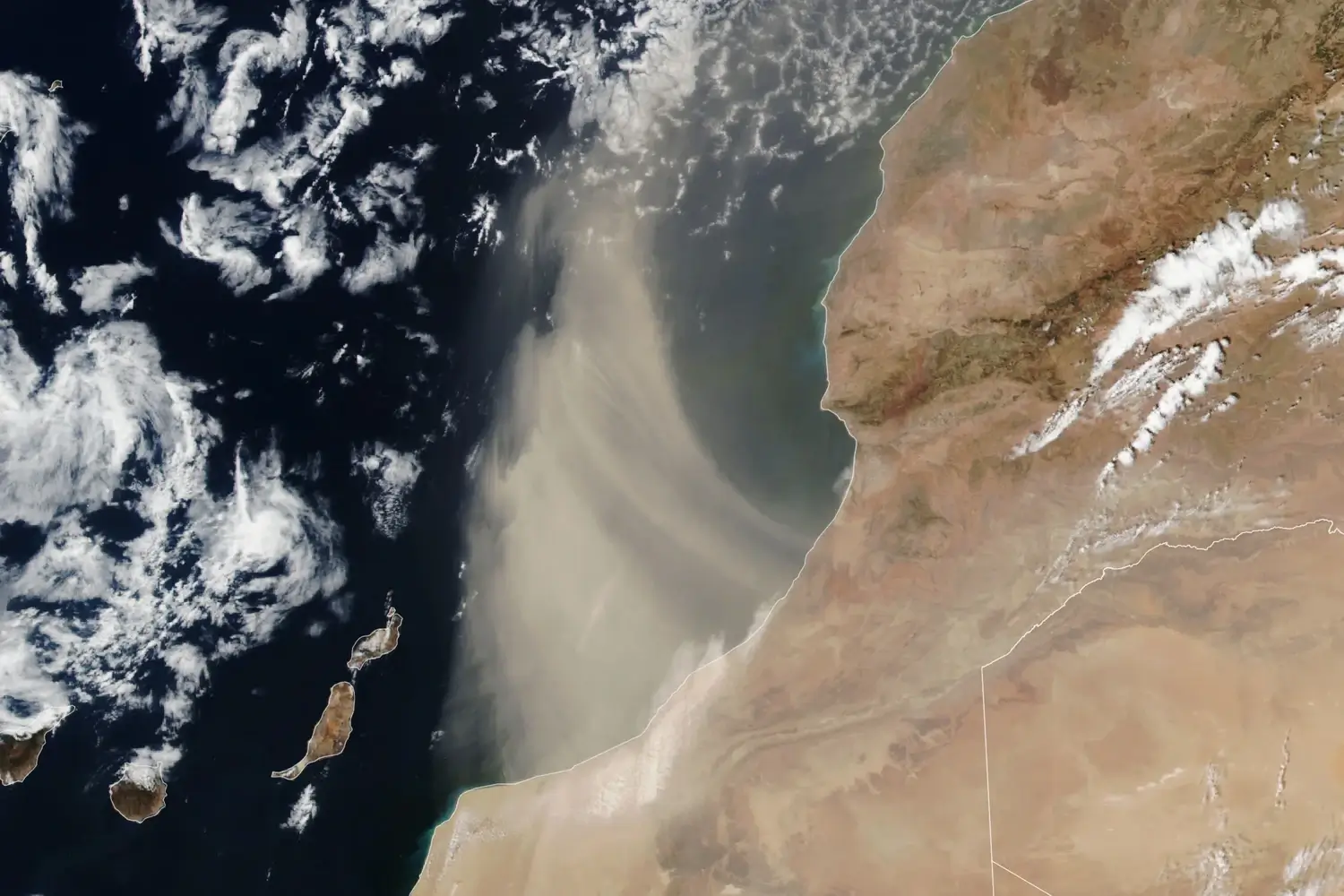
Image: NASA
Desert dust, primarily from regions like the Sahara, plays a crucial role in Earth’s systems. Annually, vast amounts of dust are lifted into the atmosphere, influencing climate by reflecting and absorbing solar radiation. This dust travels across continents and oceans, depositing nutrients such as phosphorus and iron into ecosystems like the Amazon rainforest and marine environments, thereby supporting plant and phytoplankton growth.
However, dust can also transport pathogens and pollutants, posing health risks and affecting air quality. Understanding desert dust’s multifaceted impacts is essential for comprehending its environmental significance.
14. The Aralkum: A Man-Made Desert
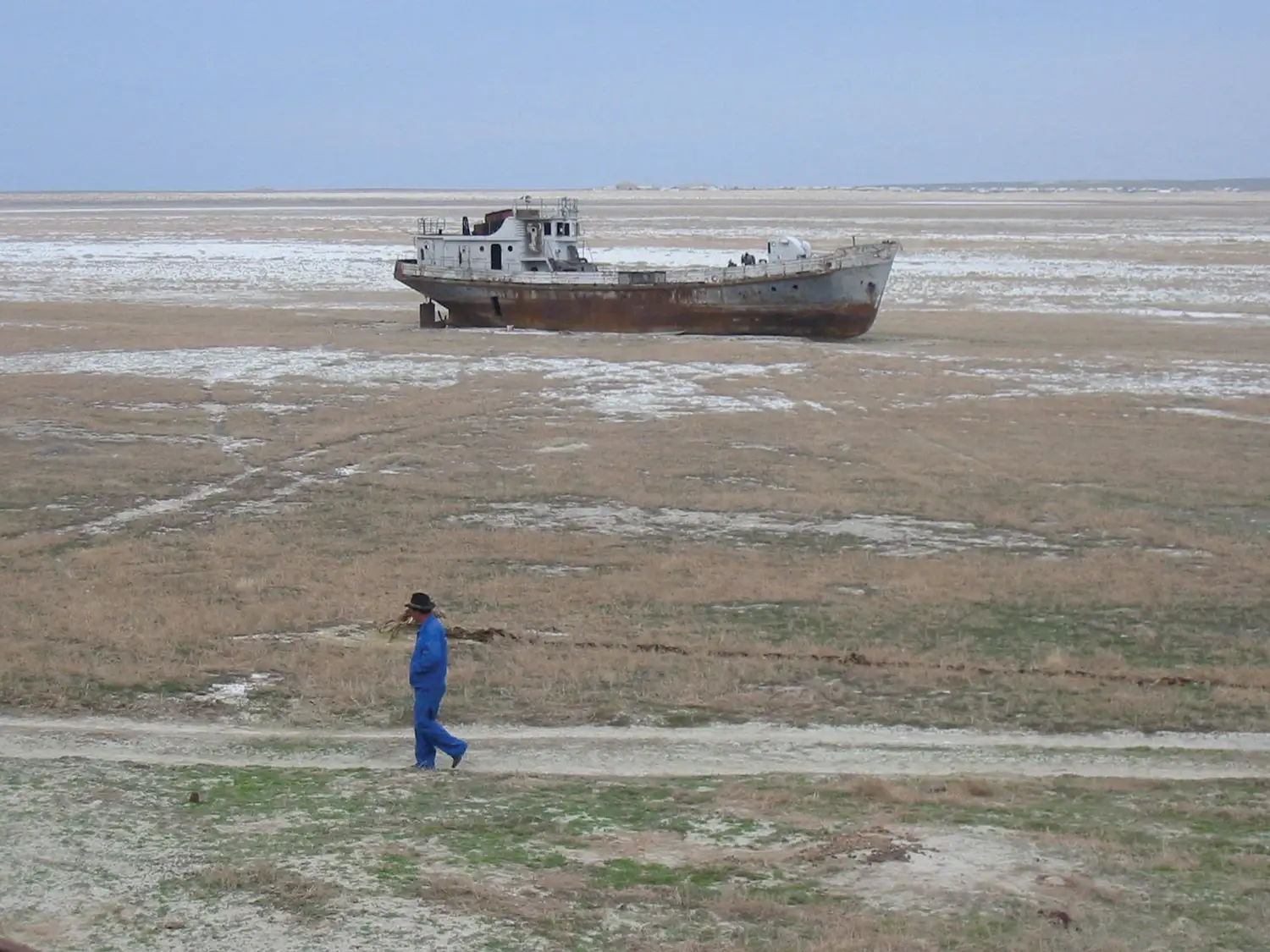
Image: vladtime.ru
The Aralkum Desert emerged from the desiccation of the Aral Sea, once the world’s fourth-largest lake, due to extensive irrigation projects initiated in the 1960s. By 2020, the sea’s surface area had diminished tenfold, leaving behind a saline wasteland spanning approximately 45,000 square kilometers. This transformation is considered one of the greatest ecological catastrophes and the largest primary succession experiment of mankind.
The exposed seabed has become a significant source of saline dust storms, dispersing pollutants across vast distances, with traces found as far as Antarctica.
Efforts to combat desertification include planting vegetation like saxaul to stabilize the soil and reduce dust emissions.
15. Desert Glass: Nature’s Furnace
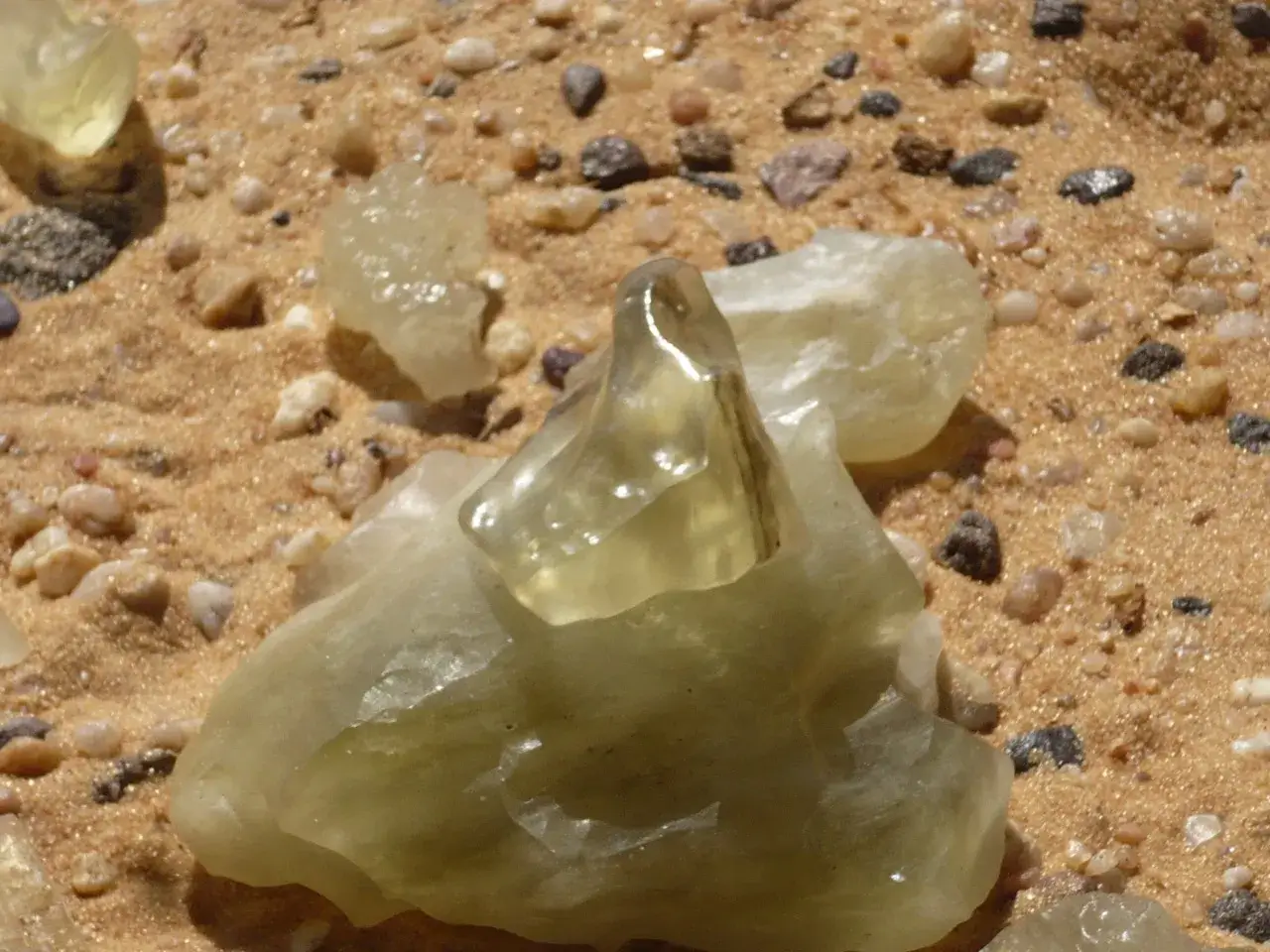
Image: crystal-reading.com
Libyan Desert Glass (LDG) is a translucent yellow-green natural glass found in the eastern Sahara Desert, primarily in western Egypt and eastern Libya.
Formed approximately 29 million years ago during the late Eocene epoch, LDG is believed to have originated from a meteorite impact that melted desert sand at temperatures exceeding 1,600°C, resulting in nearly pure silica glass. This theory is supported by the presence of high-temperature minerals like cristobalite within the glass.
LDG has been used by humans since the Pleistocene era for tool-making and adornment; notably, a scarab carved from LDG was found in Tutankhamun’s tomb.
16. Desert Oases: Life-Saving Havens
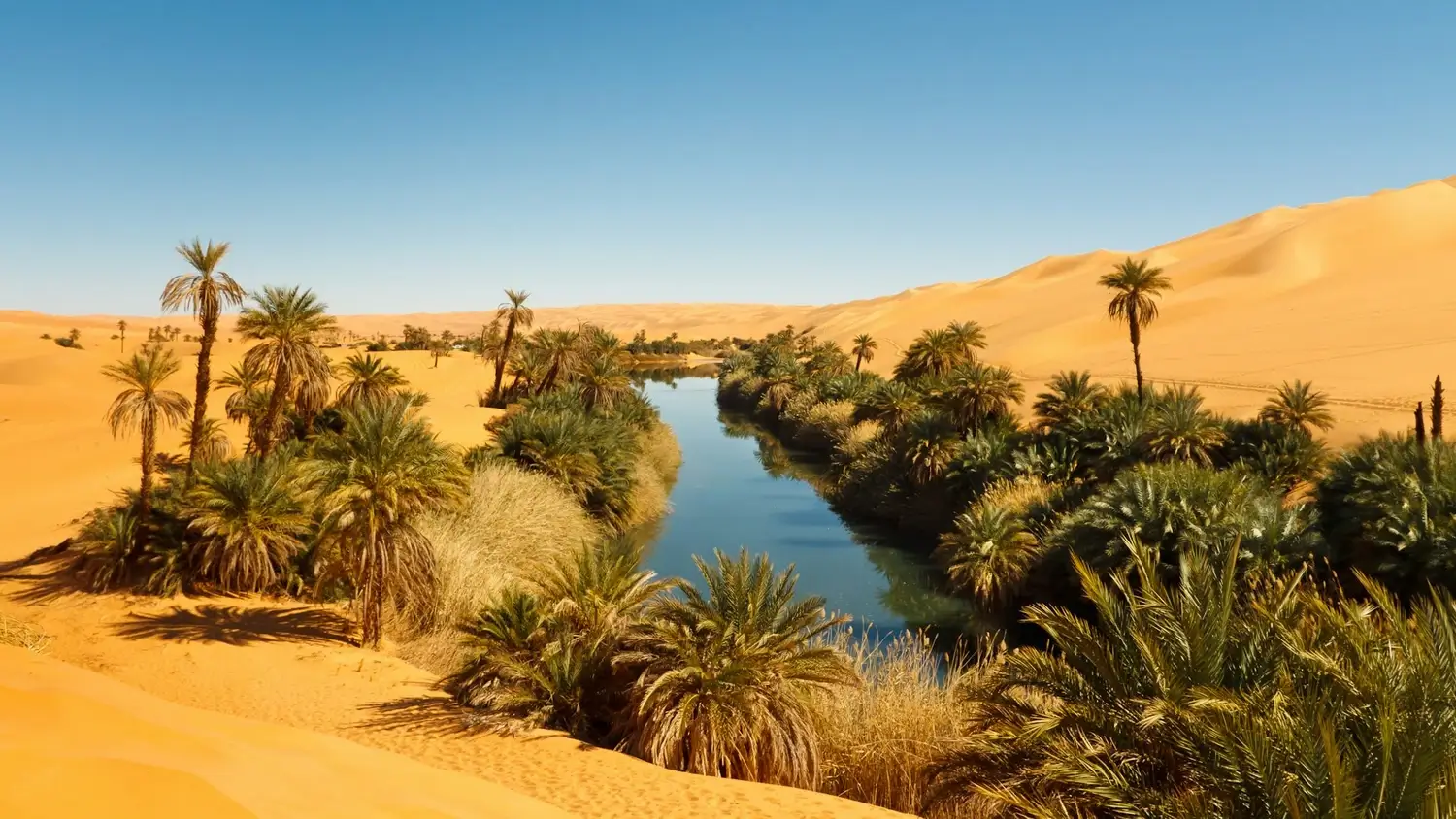
Image: theconversation.com
Oases are fertile areas in deserts where the water table reaches the surface, creating conditions for vegetation and wildlife to thrive. They have historically served as crucial rest stops for travelers and trade caravans, providing essential water and resources in otherwise inhospitable environments. The presence of water allows for agriculture, supporting human settlements and enabling the cultivation of crops and date palms.
Oases also play a vital role in desert ecosystems, offering habitat and sustenance for various plant and animal species. Their strategic locations have influenced trade routes and cultural exchanges throughout history.
17. Desert Heat Record
Deserts are known for their extreme temperatures, with some recording the highest on Earth. On July 10, 1913, Furnace Creek in California’s Death Valley reached 134°F (56.7°C), the highest air temperature ever recorded. However, satellite measurements between 2003 and 2009 identified Iran’s Lut Desert as having the highest ground temperatures, peaking at 159.3°F (70.7°C) in 2005. These measurements reflect averages over a large region and so are lower than the maximum point surface temperature.
The Lut Desert was also found to have the highest maximum temperature in five of the seven years measured (2004, 2005, 2006, 2007, and 2009).
These extreme temperatures result from factors like low elevations, clear skies, and surrounding mountain ranges that trap heat.
FAQ
What are 3 characteristics of a desert biome?
- Low precipitation – Deserts receive less than 250 mm of annual rainfall.
- Extreme temperatures – Hot deserts can exceed 50°C (122°F), while cold deserts drop below freezing.
- Sparse vegetation – Plants adapt with deep roots, water storage, or minimal leaves to reduce water loss.
Are desert biomes rare?
No, deserts cover about 33% of Earth’s land surface, making them a common biome. They exist on every continent except Europe.
What are 5 threats to the desert biome?
- Desertification – Overgrazing, deforestation, and climate change expand deserts.
- Water scarcity – Overuse of groundwater depletes vital resources.
- Mining and oil extraction – Disrupts ecosystems and pollutes land.
- Urbanization – Expanding cities destroy habitats.
- Climate change – Alters rainfall patterns and increases extreme weather.
How big is the desert biome?
The desert biome covers approximately 33 million square kilometers (12.7 million square miles), about one-third of Earth’s land area.
Are all desert biomes hot?
No, not all deserts are hot. Cold deserts like the Gobi and Antarctic Desert experience frigid temperatures, with some dropping below -40°C (-40°F) in winter.


